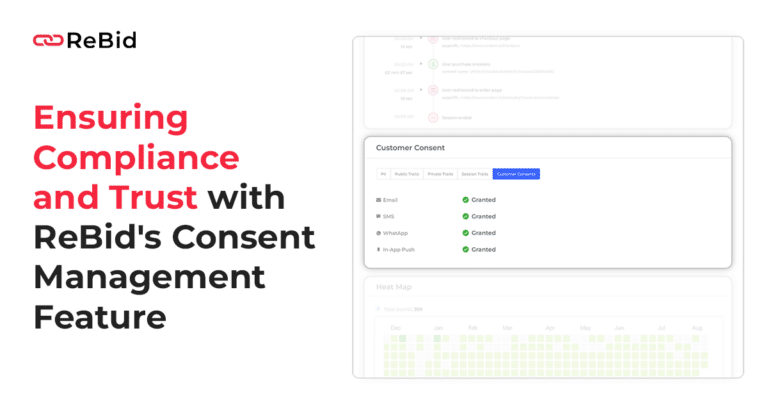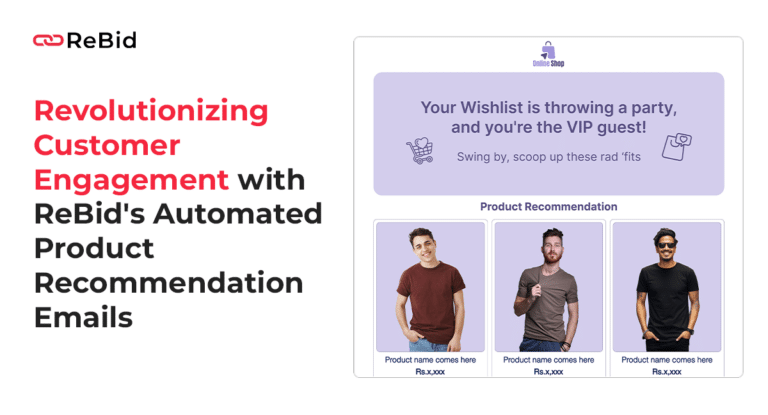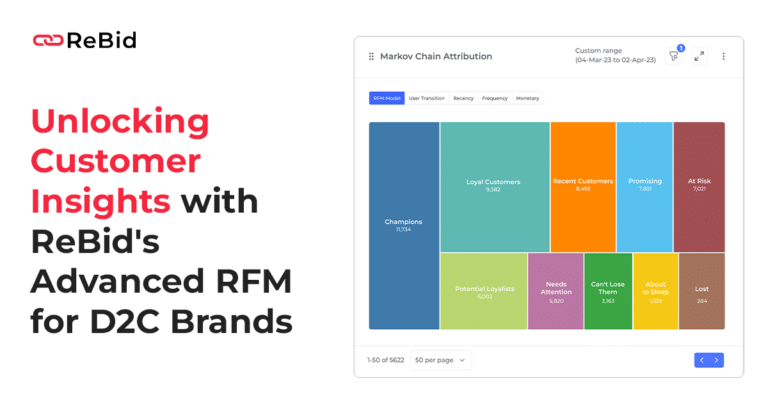In the rapidly evolving landscape of business-to-consumer (B2C) industries, maintaining robust customer engagement is not just a goal—it’s a necessity. Companies are increasingly turning to specialized Customer Engagement solutions to keep up with this demand. These platforms promise to streamline interactions, personalize customer experiences, and ultimately, drive sales. However, the journey with these solutions is not always smooth sailing. Let’s delve into the common trajectory of B2C companies in their quest for effective customer engagement and the critical lesson on the importance of owning first-party customer data from the outset.
The Initial Attraction
For most B2C companies, the primary challenge they aim to address is enhancing customer engagement. In response, they often gravitate towards well-established Customer Engagement platforms. The allure is understandable—these solutions offer a comprehensive toolkit designed to foster interactions across various channels, be it through mobile apps, social media, or websites.
The Commitment Phase
Once a platform is chosen, companies dive in headfirst, integrating all their first-party data from diverse sources. This integration is a significant undertaking, signifying a full commitment to the chosen solution. The expectation? A seamless, unified view of the customer that can drive personalized engagement and, by extension, higher conversion rates.
The Cost Conundrum
However, as the business scales and the volume of data balloons, a stark reality sets in—the cost of these platforms skyrockets. What was once a manageable expense becomes a significant line item in the budget. The growth in data volume, while indicative of business expansion, leads to exponentially higher costs on these platforms. Over time, the return on investment (ROI) begins to wane, raising questions about the long-term viability of the engagement strategy.
The Lock-in Dilemma
By the time companies realize the diminishing ROI, they often find themselves in a predicament. The deep integration of the Customer Engagement platform with their systems results in a form of vendor lock-in. Transitioning away from the platform, attracted by the promise of lower costs or better features elsewhere, becomes a Herculean task. The primary hurdle? Extracting their customer data from the existing system—a challenge that can be both technically complex and time-consuming.
The Lesson: Own Your Data
This journey highlights a crucial lesson for B2C companies: the importance of owning your first-party customer data from day one. Relinquishing control over this vital asset to a third-party vendor can lead to significant challenges down the line. While these platforms offer valuable services, the strategic control and flexibility of your data should remain in-house. This approach not only safeguards against future lock-in scenarios but also ensures that you retain the agility to adapt to changing business needs and technological landscapes.
Conclusion
In conclusion, while Customer Engagement solutions offer a path to enhanced interaction with consumers, B2C companies must tread carefully. The initial benefits of these platforms can be overshadowed by rising costs and potential lock-in. The key takeaway? Prioritize the ownership and control of your first-party data. This strategic decision empowers companies to maintain flexibility, optimize costs, and ensure that their customer engagement strategies remain sustainable and effective in the long run.





